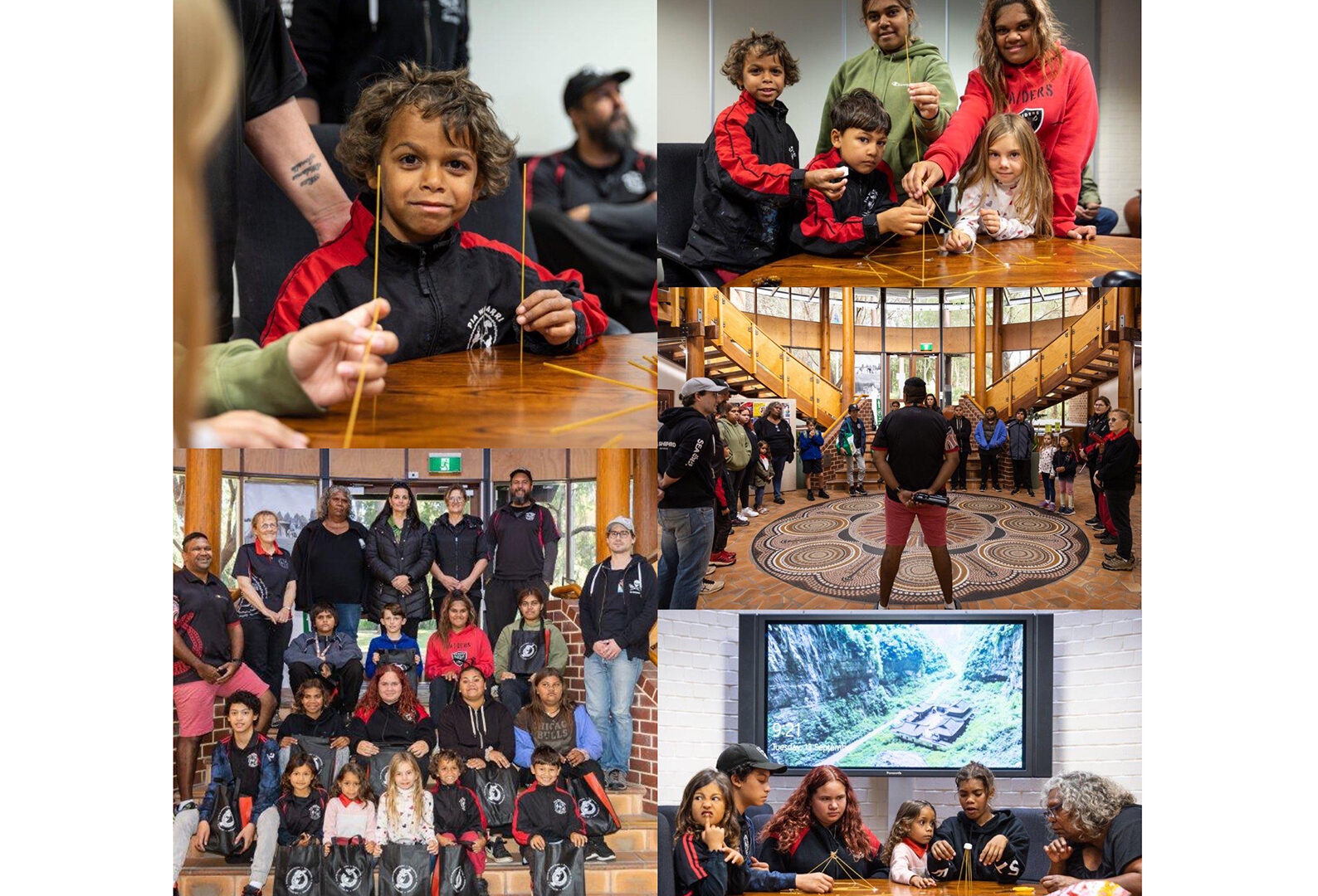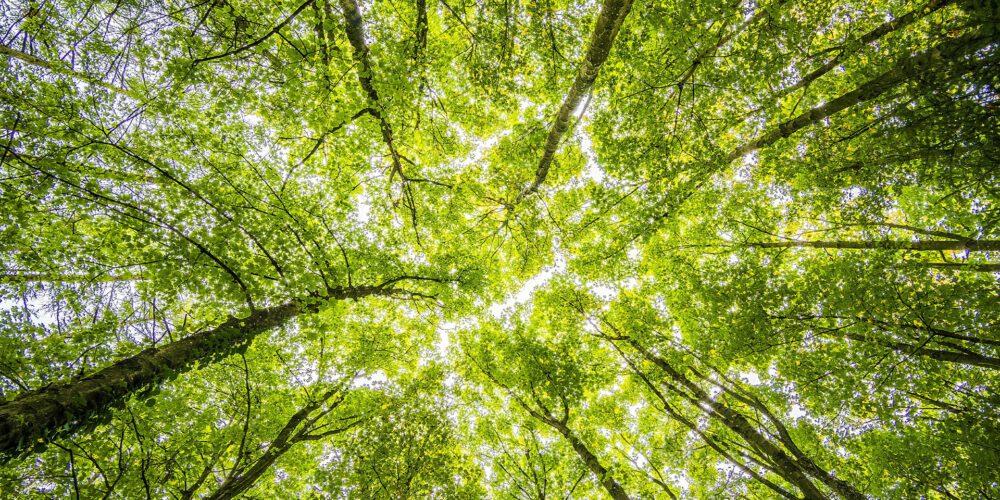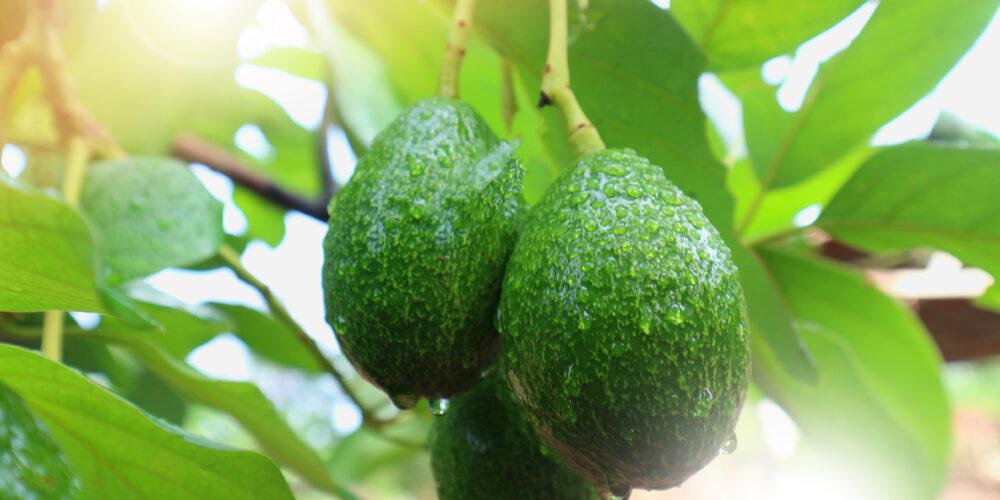Wajarri school students the next science rock stars

Remote Indigenous school students are learning about the science behind the Earth’s oldest rocks on their lands as part of a two-way program that also teaches scientists about the cultural significance of the rocks.
Australia’s national science agency, CSIRO, arranged the reciprocal partnership through its STEM Professionals in Schools program. The partnership is supported by Curtin University including Head of the School of Earth and Planetary Sciences Professor Ian Fitzsimons, the WA Department of Education and the Pia Wadjarri Remote Community School, located about 330km north-east of Geraldton.
This week, students have been in Perth learning about geology, radio astronomy, space exploration, meteorites, the planets and supercomputers, as well as visiting Scitech and Curtin’s Centre for Aboriginal Studies.
CSIRO’s Murchison Radio-astronomy Observatory (MRO) on Wajarri Country is home to world-class radio telescopes including the Murchison Widefield Array, a precursor to the SKA project – a global initiative to build the world’s largest radio telescopes. The SKA-Low Telescope will be constructed at the MRO over the next decade.
Lead researcher Dr Luc Doucet, from Curtin University, said the program blended Indigenous cultural knowledge with scientific thinking and the Australian curriculum.
“The Wajarri people are the custodians of the oldest rocks on Earth that are widely studied by Curtin scientists,” Dr Doucet said.
“By working together, we are learning valuable knowledge from the traditional owners who have lived on this land for thousands of years while also hoping to ignite a passion for science among the next generation as the future geology, space and science workforce.”
CSIRO astronomer Dr Laura Driessen said CSIRO have had a positive relationship with the Wajarri people for more than a decade.
“We’ve enjoyed engaging with the Pia Wadjarri students, either visiting them at school or hosting them at the MRO to see the telescopes. Now we have been able to join with Curtin and welcome them to Perth to show them the full picture of how the telescopes on their Country are used by astronomers,” Dr Driessen said.
“The visit was a great opportunity to share our work environment with the students from Pia Wadjarri and give them a peek at the Pawsey supercomputers that process the data the telescopes collect.”
Pia Wadjarri Remote Community School Principal Susan Trigwell said: “Pia Wadjarri students, Curtin and CSIRO staff have developed a strong bond over our rocks and environment. Working together on our two-way science program, our students are developing the skills to be scientists of the future, and further unravel the mysteries of the wonderful Wadjarri world in which they live.”
Pia Wadjarri Remote Community School student Rihanna Schwarze, aged 15, said: “It’s been a good experience visiting the actual researchers who work with these rocks. I’ve enjoyed learning about geology and how they cut the rocks open”.
Pia Wadjarri Remote Community School student Ellazay Hedlam, aged eight, said her favourite part was her first visit to a university, adding she enjoyed her tour of the Pawsey Supercomputing Research Centre. “I’ve learnt that stars blow up,” Ellazay said.
Dr Doucet’s partnership with Pia Wadjarri is one of many arranged through STEM Professionals in Schools; a program that connects teachers all over Australia with professionals in science, technology, engineering, and maths (STEM) for the purpose of bringing STEM education to life with real-world experiences.
During the visit to Perth this week, students toured one of the fastest supercomputers in the Southern Hemisphere, Setonix, at the Pawsey Supercomputing Research Centre, and visited Curtin’s Earth Dynamics Research Group, the Curtin Institute of Radio Astronomy, Curtin’s Space Science and Technology Centre and the Desert Fireball Network, as well as CSIRO’s Kensington facility.
This week’s visit was returning the wonderful hospitality of the Pia Wadjarri community, which regularly welcomes Curtin and CSIRO scientists to their community for school visits and two-way science activities on Country.
For more information about the principle of two-way science developed by CSIRO, visit here.
For information about STEM Professionals in Schools, visit csiro.au/STEM-Professionals-in-Schools.



